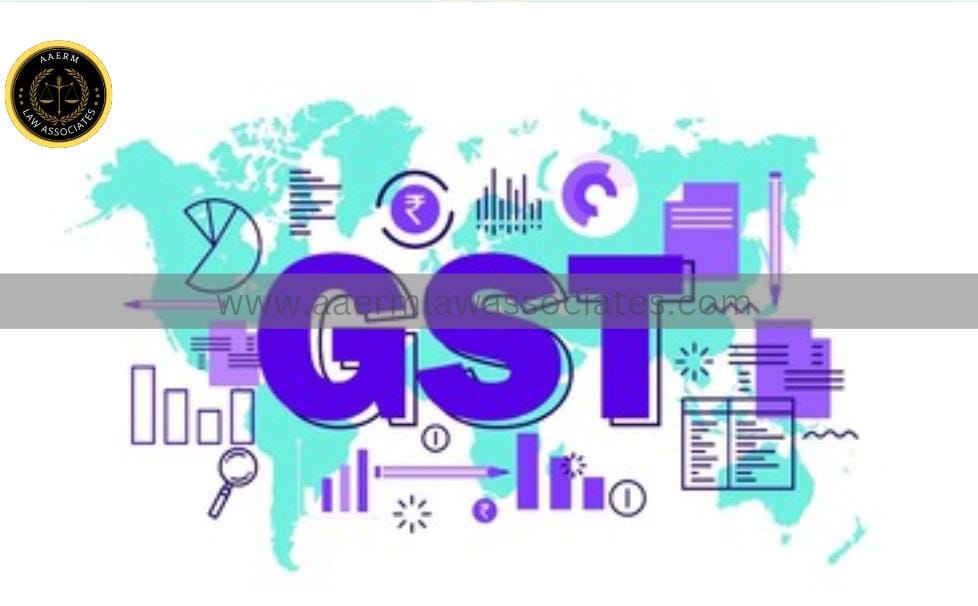
GST Structure — The Complications and the Way Ahead
GST Structure — The Complications and the Way Ahead
By: Admin | September 19, 2024 | Categories: GST Recent News | 4 Min Read
Seven years since the introduction of the Goods and Services Tax (GST) in July 2017, stakeholders continue to debate the complexities of its structure. The primary challenge lies in simplifying GST through the reduction of tax slabs, minimizing exemptions, and streamlining compliance without jeopardizing state and central revenue.
A recent discussion sparked by a comment from the Managing Director of Coimbatore’s Annapoorna Hotels highlighted the absurdity of some GST classifications, where slight changes in products, such as adding cream to a bun, can shift the tax rate from 0% to 18%. This illustrates the confusion caused by multiple GST rates, leading to disputes regarding the classification of products like parathas, rotis, and even popular brands like Marico’s Parachute and Nestle’s KitKat.
Discrepancies in Rates
Over time, the GST Council has made efforts to address rate discrepancies, such as aligning the tax rates of shampoos, body washes, and soaps at 18%. More recently, in July 2023, the council clarified that food and beverages sold at cinema halls should be taxed as restaurant services at 5%, unless bundled with movie tickets, in which case the movie ticket rate (12% or 18%) applies.
The Way Forward
With GST collections stabilizing around ₹1.8 lakh crore monthly, most stakeholders are hesitant to make significant changes to the current rate structure. However, discussions continue around simplifying GST, particularly for consumer-centric items. One such proposal is reducing tax rates on health and life insurance premiums, which is under review by a Group of Ministers (GoM), with a decision expected by November.
Another key discussion revolves around compressing the current five tax slabs (0, 5, 12, 18, and 28%) into three or four slabs. While some states advocate maintaining the status quo, others, like West Bengal and Karnataka, are open to restructuring. The council is also exploring options like merging the 12% and 18% slabs into a 15% median rate.
Potential Solutions
An ideal solution could involve uniform GST rates without exemptions, as seen in countries like Singapore and New Zealand. However, such an approach may not be feasible for a diverse economy like India. As former Finance Minister Arun Jaitley stated, different rates are necessary for items ranging from food to luxury cars. Yet, a simplified rate structure, with fewer slabs and clearer product classifications, is a possible future direction.
One suggestion is forming industry-specific committees to help authorities understand the nuances of different sectors, potentially leading to centralized audits that could reduce tax disputes and improve business operations.
Revenue Concerns
Merging tax slabs raises concerns about revenue loss, particularly since 70% of GST revenue comes from the 18% slab. Even a 1% reduction could result in a significant revenue drop, making major changes difficult. Any adjustments to tax rates will require careful balancing of revenue neutrality, particularly with demands for higher state shares under the Finance Commission mechanism.
In conclusion, while there is a growing consensus that GST needs further simplification, achieving this without sacrificing revenue remains a complex challenge for both state and central governments.
GSTStructure #TaxSlabs #IndianEconomy #GSTCouncil #RevenueNeutrality #SimplifiedGST
